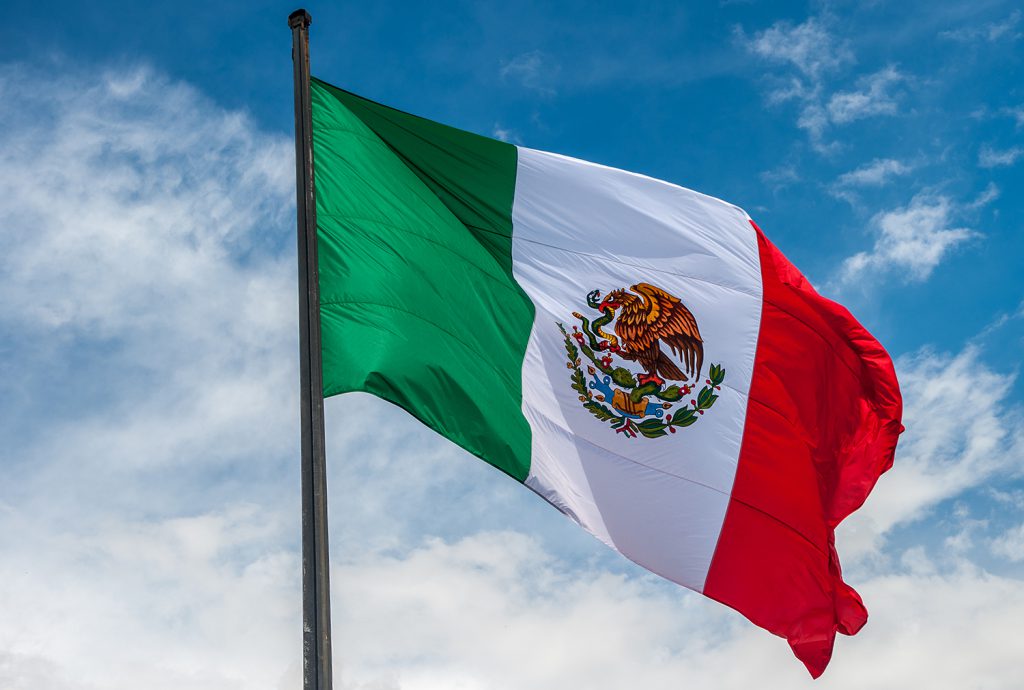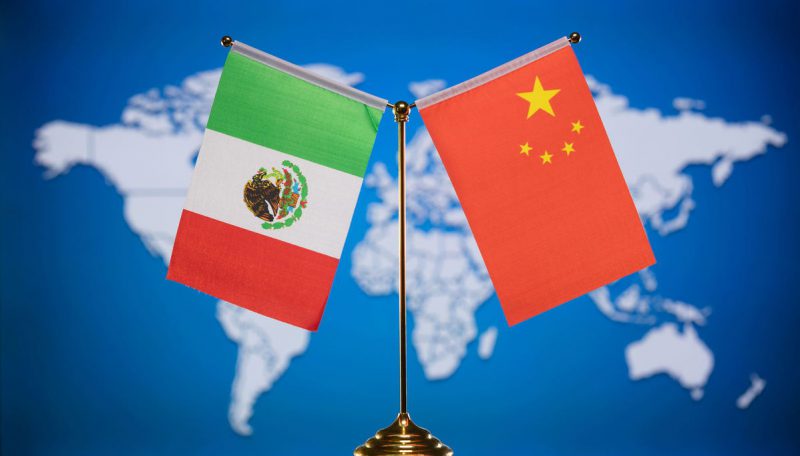If BRICS currency captures the Latin American markets, the U.S. dollar could be on a path of decline. Mexico and 18 other countries have expressed their interest to join the BRICS alliance and accept the new currency, reported Bloomberg. BRICS could soon expand to BRICS+ if the group of five nations decides to allow new countries into the bloc.
Also Read: What Happens if Saudi Arabia Accepts BRICS Currency?
The move will make BRICS stronger and challenge the G7 Western nations in GDP and purchasing power parity (PPP). Mexico’s inclusion in BRICS could disrupt the traditional global financial markets making way for the new world order.
If Mexico accepts the BRICS currency for cross-border transactions as part of BRICS+, it could open up avenues for the new currency to reach other Latin American markets. The U.S. dollar could be the hardest hit if the development takes place this year.
What Happens If Mexico Accepts BRICS Currency?


Mexico’s inclusion in BRICS could strengthen its economic ties with the other developing nations in Asia and Africa. The increased trade and investment opportunities could potentially boost Mexico’s economy and contribute to its development. Additionally, Mexico’s participation might provide a gateway for the BRICS currency to access the Latin American markets.
Also Read: After BRICS, 10 ASEAN Countries Ditch The U.S. Dollar
The move could alter the geopolitical dynamics in the traditional financial and import-export sectors. It may result in a reconfiguration of alliances and partnerships, potentially impacting Mexico’s relationships with other countries. It could also lead to closer ties with the other BRICS members and reshape global power dynamics.
Joining BRICS could increase Mexico’s influence and visibility on the global stage. Mexico would have a platform to address global issues on economic matters and participate in decision-making alongside other emerging economies.
Also Read: Ahead of Joining BRICS, Iraq Issues Ban on U.S. Dollar Transactions
In conclusion, if BRICS currency sidelines the U.S. dollar and captures the Latin American markets, the USD could be the hardest hit currency.





